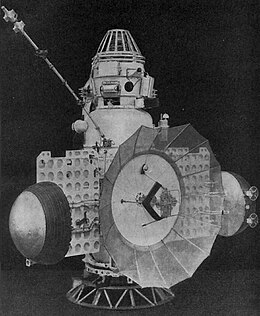
Zond 1: The Soviet Union’s 1964 Venus Mission and Its Challenges in Interplanetary ExplorationOn April 2, 1964, the Soviet Union launched Zond 1, an ambitious mission aimed at exploring Venus. As part of the broader Zond program, this mission sought to enhance our understanding of...